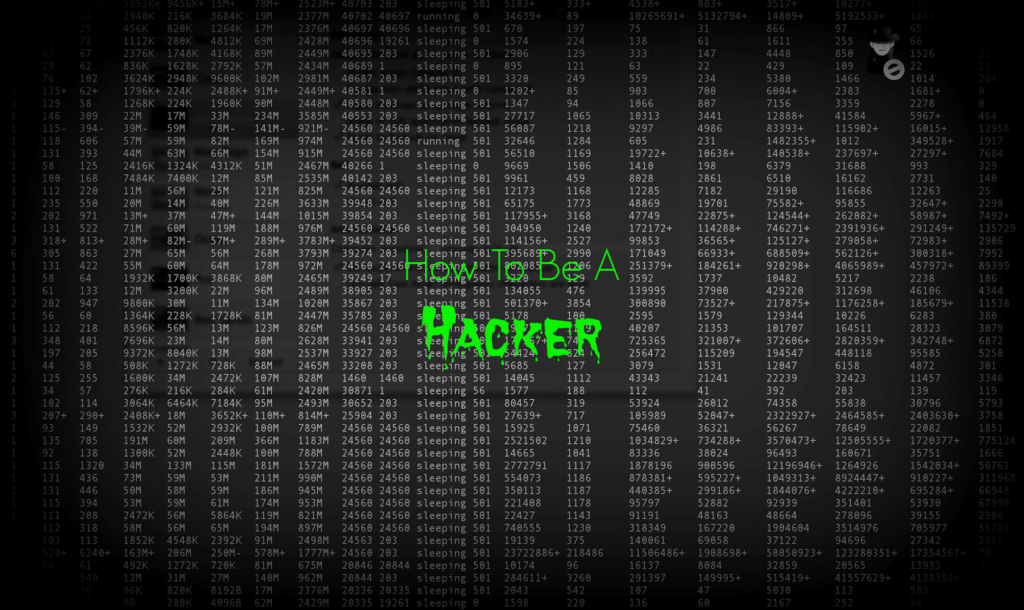
In the digital age, the significance of cybersecurity cannot be overstated. As networks grow increasingly complex, the need for ethical hackers—professionals who safeguard systems by identifying and fixing vulnerabilities—has never been greater. If you’re interested in ethical hacking but don’t know where to start, this guide will walk you through the basics.
Understanding Ethical Hacking
Ethical hacking involves testing and evaluating the security of a network by mimicking the tactics and techniques used by malicious hackers. The goal is to identify vulnerabilities before they can be exploited. Unlike malicious hackers, ethical hackers have permission from the network owner and work to improve security.
Why Ethical Hacking Matters
- Prevents Data Breaches: By identifying weak points in a network, ethical hackers help prevent unauthorized access and data theft.
- Enhances Security Awareness: Regular testing raises awareness about potential threats and encourages proactive security measures.
- Compliance and Regulations: Many industries require regular security assessments to comply with laws and regulations.
- Maintains Trust: Protecting sensitive information helps maintain trust between businesses and their customers.
Step-by-Step Guide to Ethical Hacking
1. Learn the Basics of Networking
Understanding networking fundamentals is crucial for ethical hacking. Start with:
- IP Addressing and Subnetting: Learn how IP addresses are structured and how subnetting works.
- OSI Model: Familiarize yourself with the seven layers of the OSI model and how data flows through a network.
- Common Protocols: Understand protocols like TCP/IP, HTTP, HTTPS, FTP, and DNS.
2. Get Acquainted with Operating Systems
Ethical hackers need to be proficient in various operating systems, particularly Linux. Popular distributions include:
- Kali Linux: Specifically designed for penetration testing and ethical hacking.
- Ubuntu: A user-friendly option for those new to Linux.
3. Learn Programming and Scripting Languages
Programming skills are essential for creating and modifying tools and scripts. Focus on:
- Python: Widely used in cybersecurity for automation and scripting.
- Bash: Useful for writing shell scripts in Unix-based systems.
- JavaScript and SQL: Important for web application security.
4. Understand the Basics of Cryptography
Cryptography ensures secure communication and data protection. Learn about:
- Encryption Algorithms: AES, RSA, and others.
- Hash Functions: SHA-256, MD5.
- Public Key Infrastructure (PKI): The framework for managing digital certificates and encryption keys.
5. Study Vulnerability Assessment and Penetration Testing
This involves identifying, analyzing, and exploiting vulnerabilities. Key concepts include:
- Reconnaissance: Gathering information about the target.
- Scanning: Identifying live hosts and open ports.
- Exploitation: Gaining unauthorized access through vulnerabilities.
- Post-Exploitation: Maintaining access and covering tracks.
6. Use Ethical Hacking Tools
Familiarize yourself with tools that are commonly used in ethical hacking:
- Nmap: For network scanning and discovery.
- Wireshark: For network traffic analysis.
- Metasploit: A framework for developing and executing exploit code.
- Burp Suite: For web application security testing.
7. Practice, Practice, Practice
Hands-on experience is crucial. Engage in:
- Capture the Flag (CTF) Competitions: Simulated challenges that test your hacking skills.
- Lab Environments: Set up a home lab with virtual machines to practice in a controlled environment.
- Bug Bounty Programs: Find and report vulnerabilities in exchange for rewards.
Ethical Considerations
Ethical hacking must be conducted legally and responsibly. Always obtain explicit permission before testing any network or system. Adhere to codes of ethics and legal frameworks to ensure your actions contribute positively to cybersecurity.
Conclusion
Embarking on a journey into ethical hacking is both challenging and rewarding. By following this step-by-step guide, you’ll build a strong foundation in network security, programming, and cryptography. With dedication and continuous learning, you’ll be well-equipped to protect networks and contribute to the ever-evolving field of cybersecurity.
